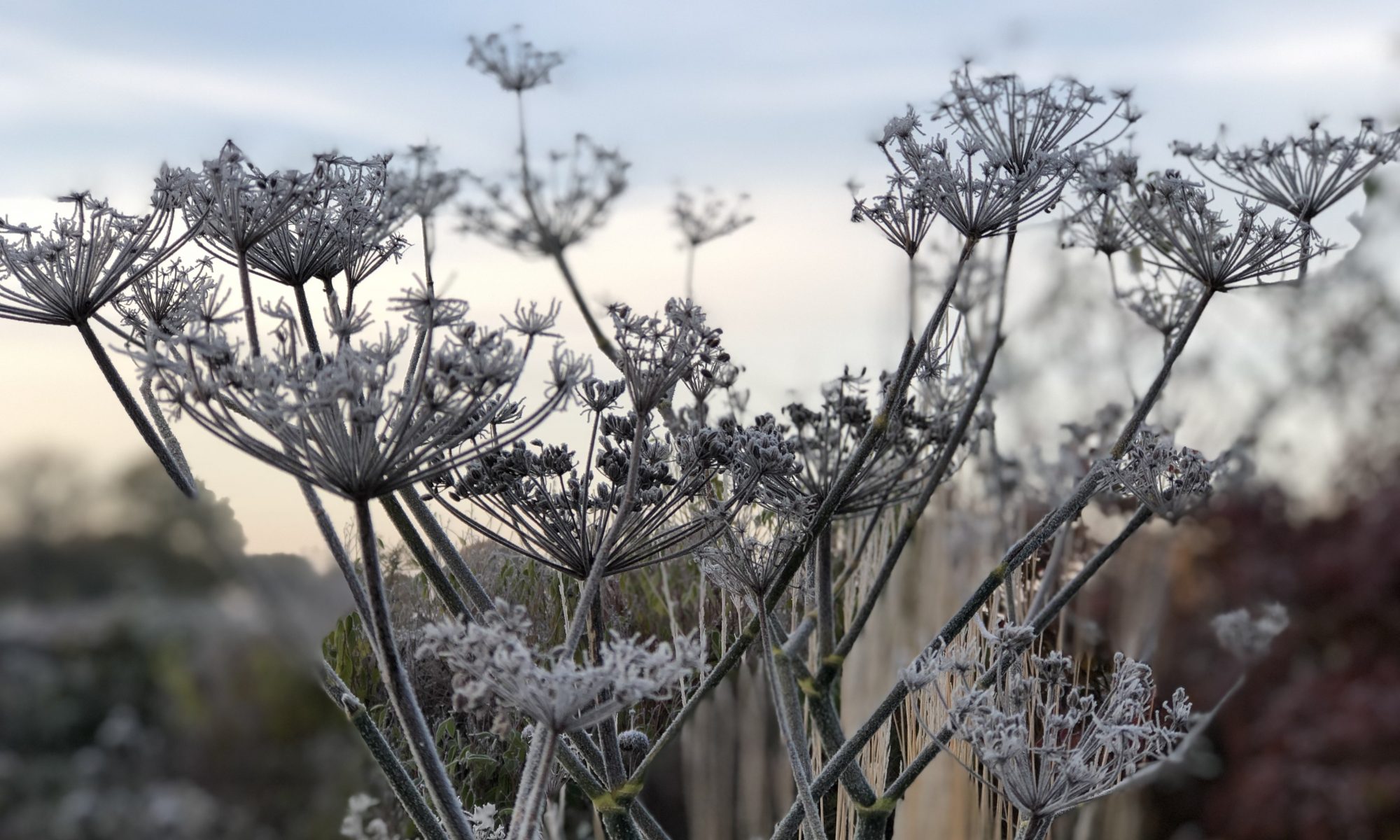Jo Arnell strips the garden back to beautiful winter basics
Winter can stretch on into spring sometimes, remaining colourless and drab for longer than necessary, dragging its grey heels even as the days lengthen and the green shoots start peeking through. Bare branches and tree tracery stand out against the winter landscape and although the buds are swelling on woody plants, they won’t unfurl into leaves for months yet. Look closely at the twiggy skeletons; as you get familiar with them you start to see that each species, when grown unimpeded, has a unique and beautiful silhouette. Let’s celebrate the pared back beauty of those that look good naked and maybe even plant some in the garden.
Bare-barked beauties
Our native silver birch is graceful and elegant enough – its white bark fissured with black, thin besom broom branches wafting in the wind – but if you want to grow a really showy white birch, try a Himalayan one: Betula utilis var. Jacquemontii ‘Grayswood Ghost’ has stark, bone-white trunks. Some gardeners even wash their trees to remove algae and keep the bark looking perfectly white. They do look stunning, freshly cleaned and gleaming in the winter light. It takes a certain kind of determination to wash trees.
Prunus serrula (Tibetan cherry), has polished, mahogany-red bark that gently peels away in gleaming curls – try walking past without reaching out your hand. This is a good all-year-round ornamental tree, with interest from blossom in spring and lovely autumn foliage too.
“Acer griseum has shaggy cinnamon-coloured bark that glows when backlit by the winter light”
I also love the bark on Eucalyptus, but it is fast growing and will very quickly escape your clutches to grow into a 50ft monster. There are other trees with irresistibly tactile bark more suited to smaller gardens.
Some Acers, known more usually for their foliage, have ornamental bark as well as brilliant autumn colour. The Snake Bark Maple, Acer davidii, has green and silver bark in snake pattern stripes. Acer palmatum ‘Sango-kaku’, has gleaming coral-coloured bark, pale lime green emerging foliage and golden autumn tints. Acer griseum has shaggy cinnamon-coloured bark that glows when backlit by the winter light. A. griseum is a slow growing tree, eventually reaching a mere 10ft, so it’s a perfect choice for a small space. It grows on chalk and on alkaline soil too – something many acers don’t like. Most acers are hardy, but prefer a sheltered site, out of the wind and scorching sun.
Showing some leg
Carefully pruned, some trees can be crown lifted by pruning out the lowest branches to make the main trunk more visible. Or they can be pruned to have more than one trunk, which turns them into elegant multi-stemmed versions. This works well with birch, cherries and is especially effective with Amelanchier lamarkii. The result is elegant and sculptural and still allows for underplanting. Many show gardens at flower shows use multi-stemmed trees as focal points in planting schemes. Overgrown shrubs can sometimes be made into multi-stems, or ‘treelets’, depending on the elegance of their stems. If you have an old shrub that is about to be radically chopped (or removed altogether), look at it carefully and see whether it could be transformed into a multi-stem. This could be a much kinder and less expensive way of improving the view.
Magic wands
Cornus (Dogwood) stems will provide brilliant winter colour, especially if you have a large garden and can plant them en masse. Try groups of Cornus by a pond, or damp part of the garden. Dogwoods will grow in most soil conditions, and they actually quite like damp or heavy soils. They don’t mind shady conditions, but their stem colour shows up best in full sun. Dogwoods will send out suckers, so plant them where they have room to spread. The stems also look good cut and poked into winter containers, bringing height and structure – they may even take root…
For the best stem colour, dogwoods should be cut back hard in mid-spring to encourage the growth of new young stems which have the strongest colour. Some will cope with hard pruning better than others – generally the more vigorous the growth, the harder you can cut back. After pruning, mulch around the roots with compost or other well-rotted organic material, but not right up to the stems, as this could cause them to rot. Mulching will feed and condition the soil – and also help retain moisture.
Dogwoods won’t get too tall, because they are regularly pruned to the base. Some of the best for stem colour are: Cornus alba ‘Sibirica’, which has bright red new growth, while the aptly named C. sanguinea ‘Midwinter Fire’ has young stems that literally look as if they’re on fire – in shades of yellow/orange tinged with red. Cornus stolonifera ‘Flaviramea’ has yellow-green stems; Cornus alba ‘Kesselringii’ has young growth of a deep purple colour.
Willows can (literally) run about in the garden, so should be carefully positioned, as they can be invasive and hard to remove. They are fast growing and some have brightly coloured stems to rival the dogwoods. Salix ‘Britzensis’ is one of the best for stem colour, but will need regular pollarding or coppicing in early spring for fresh new stems. Just like Cornus, Willows are best grown near water or in boggy places.
Rubus is an amazing ornamental blackberry with powdery white stems that clump up to form thickets of living barbed wire. It will need a fair amount of space and looks striking next to dogwoods, a look that could be perfected with an underplanting of cyclamen, snowdrops and the black grass Ophiopogon planiscapus ‘Nigrescens’.
Stark stems & seedheads
Plants like Teasels, Phlomis and Sedum have long lasting seedheads that stand stoutly through the winter weather, glistening in the frost and providing architectural interest at lower levels. They are also useful for wildlife – birds will eat the seeds and insects will use hollow stems for refuge until the spring. Tempting as it is to tidy everything up in the autumn, if herbaceous plants die gracefully, they can add a layer of ephemeral, ghostly beauty in the winter landscape.
Barely blossoming
Late winter and early spring flowering shrubs, if they are deciduous, tend to blossom on bare stems. They are usually pale coloured and can be highly scented, often growing in semi-shade at the edge of woodland where early emerging insects, moths and beetles will be lured in by their perfume. Grow a winter-scented plant somewhere near to the house – by the front or back door, near a path or gate, where you will be able to walk past regularly, inhaling as you go.
Chimonanthes praecox and Lonicera ‘Winter Beauty’, a winter flowering honeysuckle have powerful perfume. Plant them where they can fade into the background once the flowers are over. If you have the space for a specimen, try a Witch Hazel – Hamamelis x intermedia ‘Pallida’ has scented flowers that climb its bare branches like little yellow spiders. Viburnum x bodnantense ‘Deben’ is a deciduous shrub with small pink buds opening to become highly fragrant white flowers.
These plants are well suited to a path-side position, where you can catch their exquisite fragrance, but they need to be able to bow out and retreat into the background once they come into leaf as they are fairly dull for most of the rest of the year.
Undergarments
Bare stems and branches are companionably set off with contrasting carpets of late winter and early spring flowers beneath them – try Cyclamen coum, Anemone blanda, or bulbs like Snowdrops, Winter Aconite and Crocus. These are all little treasures and best seen in massed throngs beneath the trees, where they make the most of the light before the dense canopy of leaves closes in on them. There’s the wonderful and aptly named ‘February Gold’ narcissus for an uplifting throng of golden daffodil without too much floppy leaf later on.
Hellebores are good and hardy, often flowering where not much else will and are a great asset in the garden at this time of the year. Helleborus niger (the Christmas Rose) flowers around now and then a little later comes the showier Helleborus orientalis cultivars, which have flowers in shades from darkest burgundy through to purest white.
Low-growing evergreens look good next to bare stems – try the scented Christmas box Sarcococca confusa, slow growing dwarf conifers, or hardy ferns such as polystichums for all year foliage interest.
Structure is vital in the garden, perhaps even more so in winter when we can’t distract with flowers and foliage. Architecture, focal points and framework plants come in different forms and those with elegant skeletons, or striking bark – that might be overlooked during the rest of the year, shine out beautifully. Now please excuse me while I go out and wash some trees.
Jo’s 2020 gardening courses are now booking, call 01233 861149 or see hornbrookmanor.co.uk for details.
TEST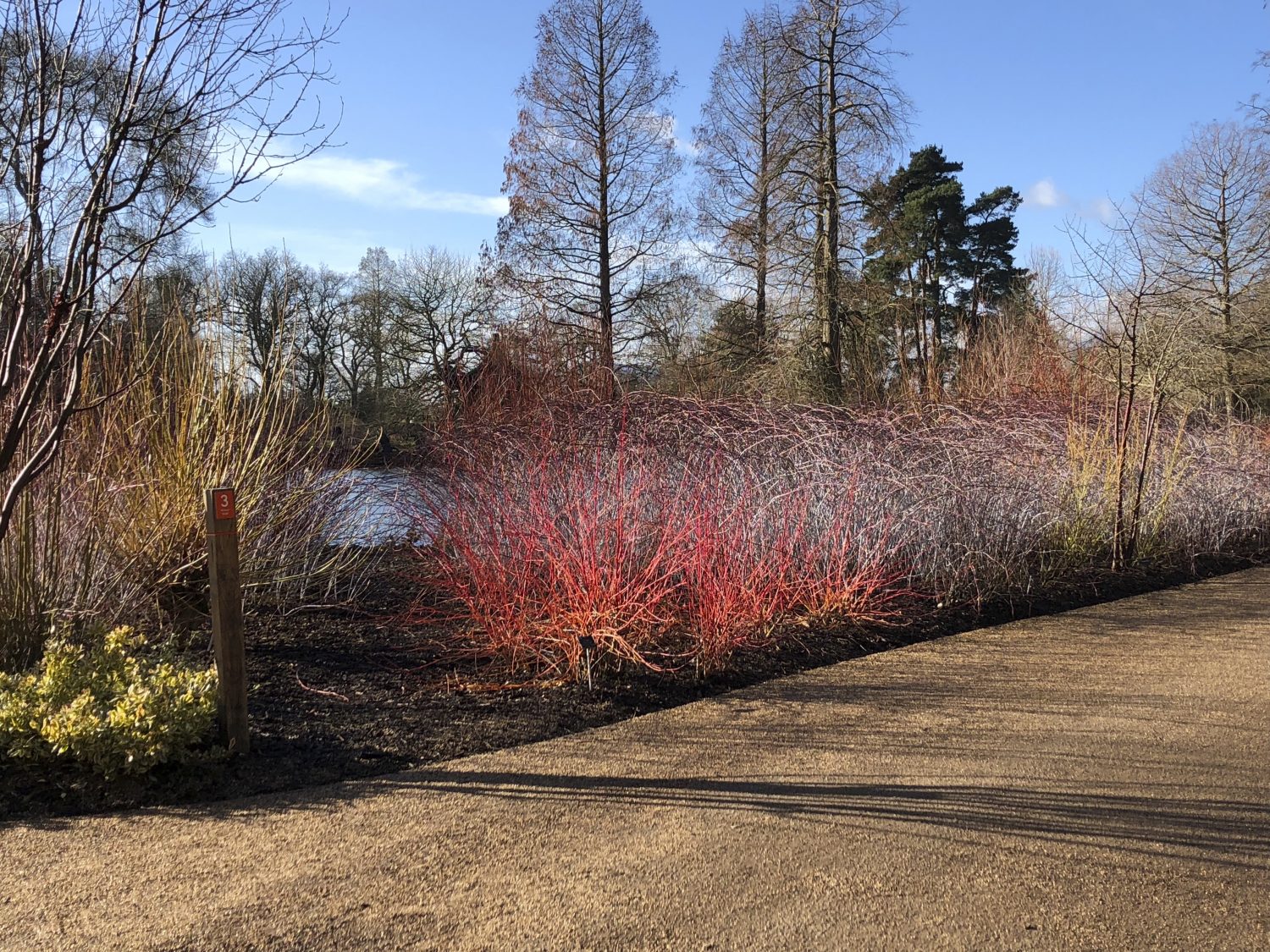
Dogwoods and Rubus
TEST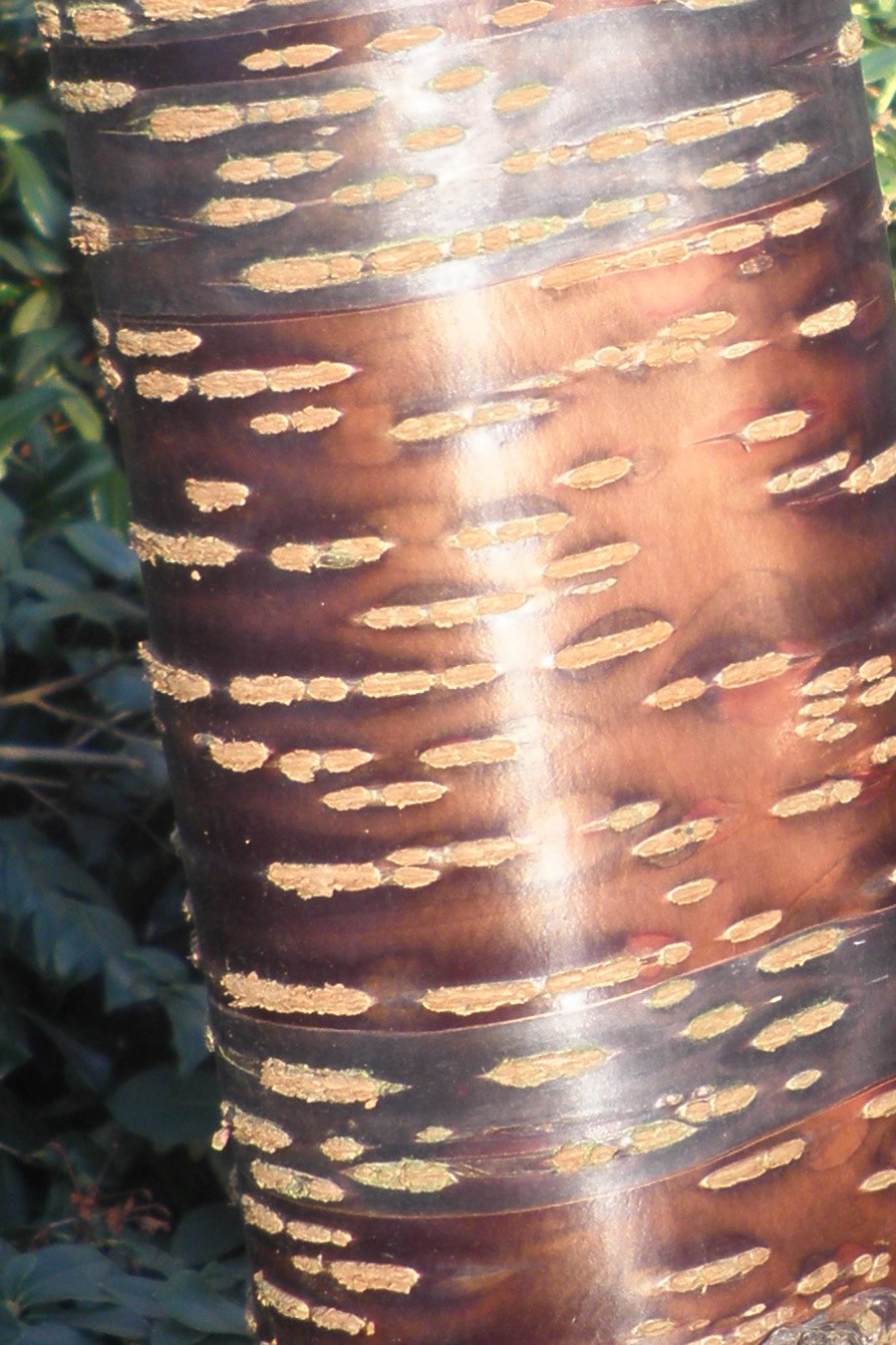
Gleaming bark of Prunus serrula
TEST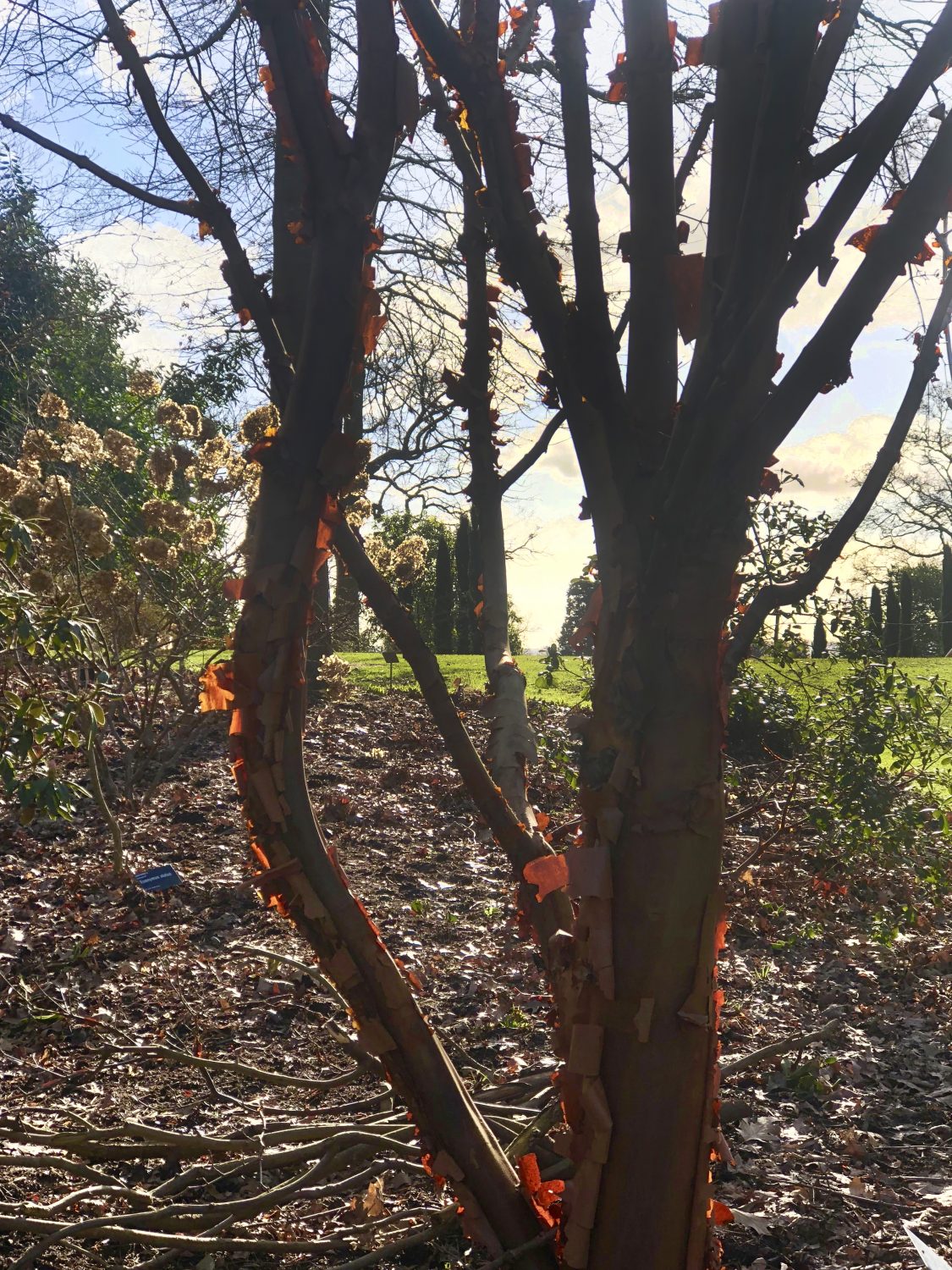
Acer griseum – the cinnamon bark Maple
TEST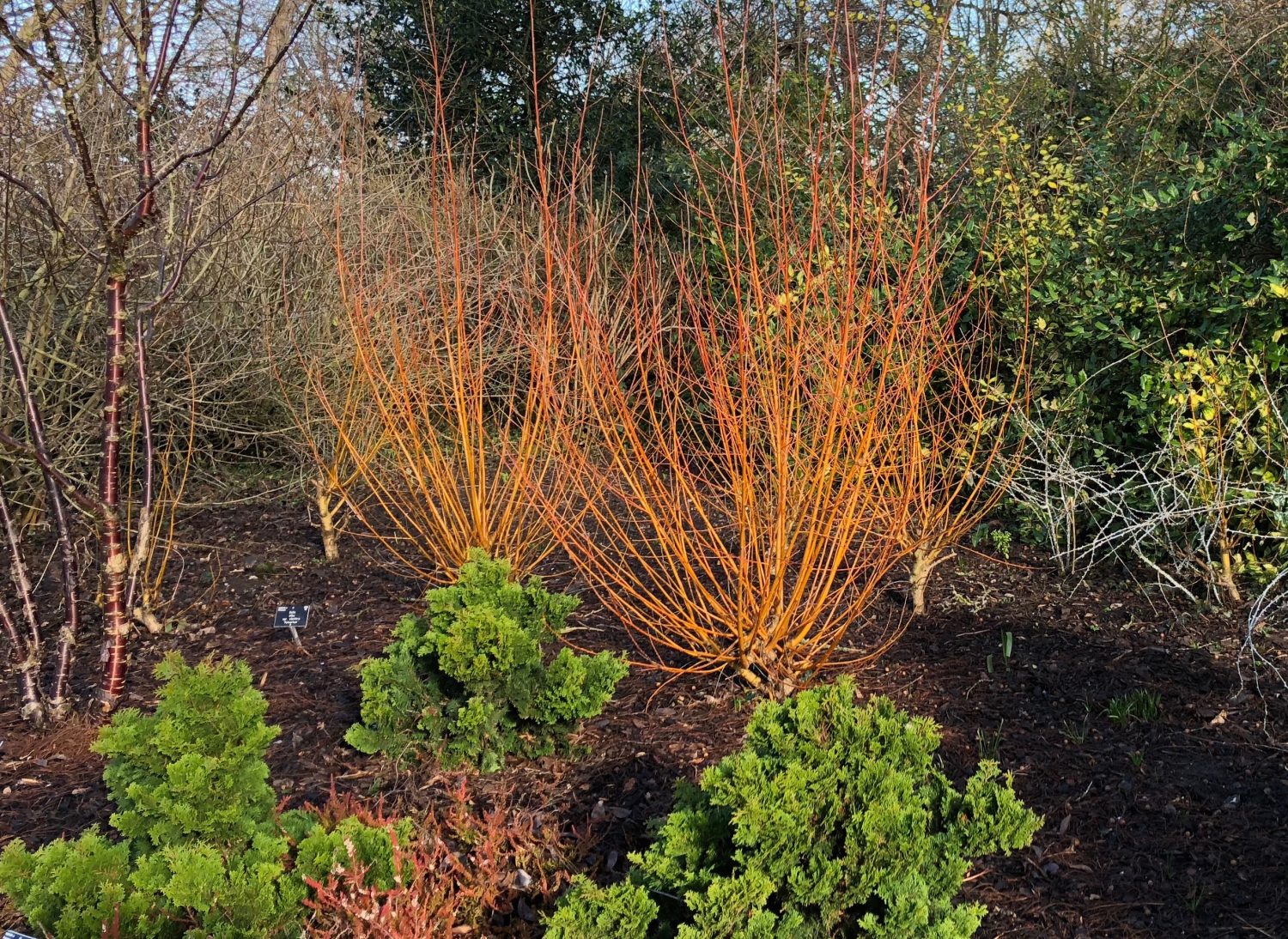
Coppiced willow
TEST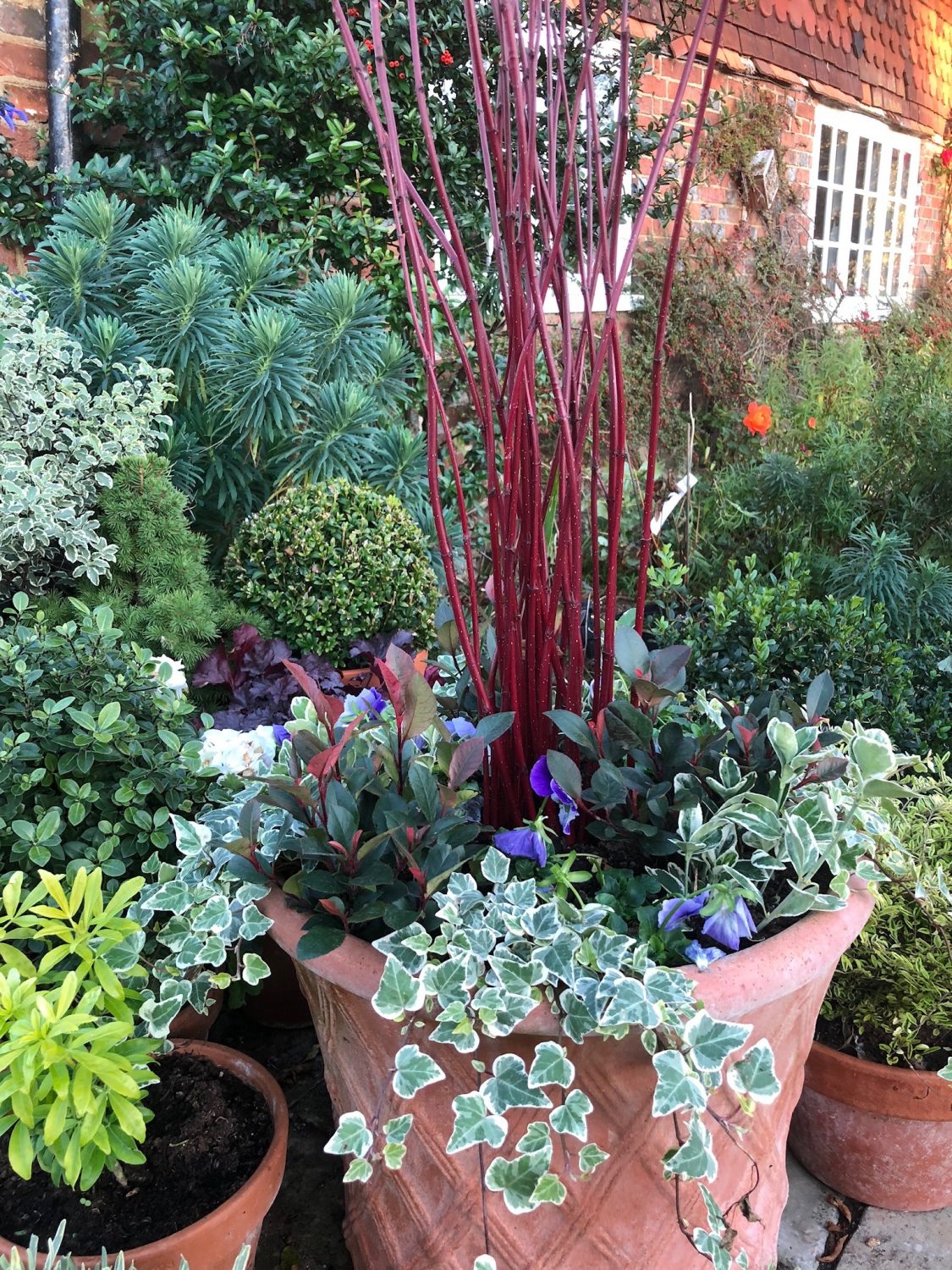
Dogwood stems bring height to containers
TEST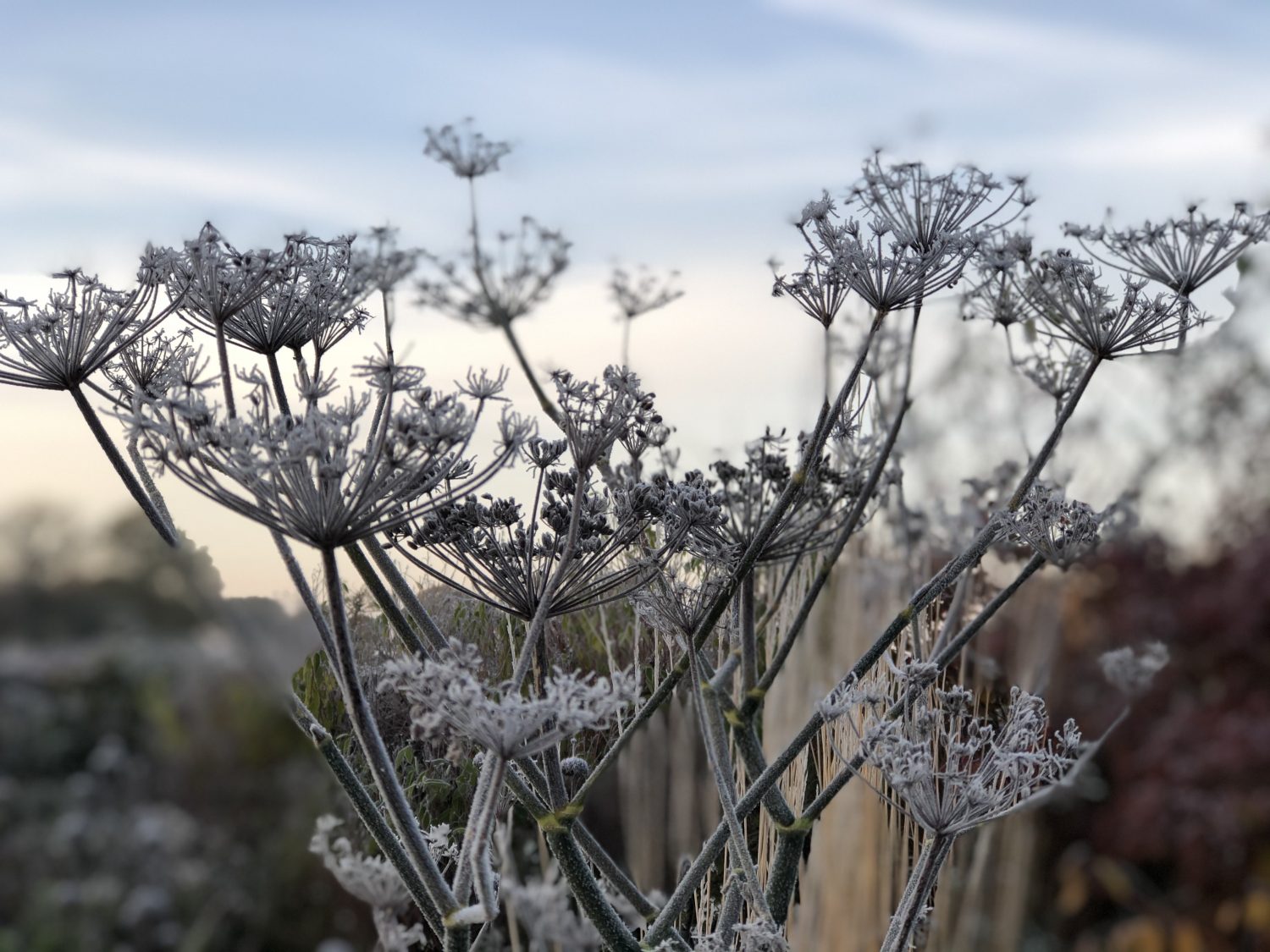
Long-lasting seedheads are also useful for wildlife – birds will eat the seeds and insects will use hollow stems for refuge until the spring
TEST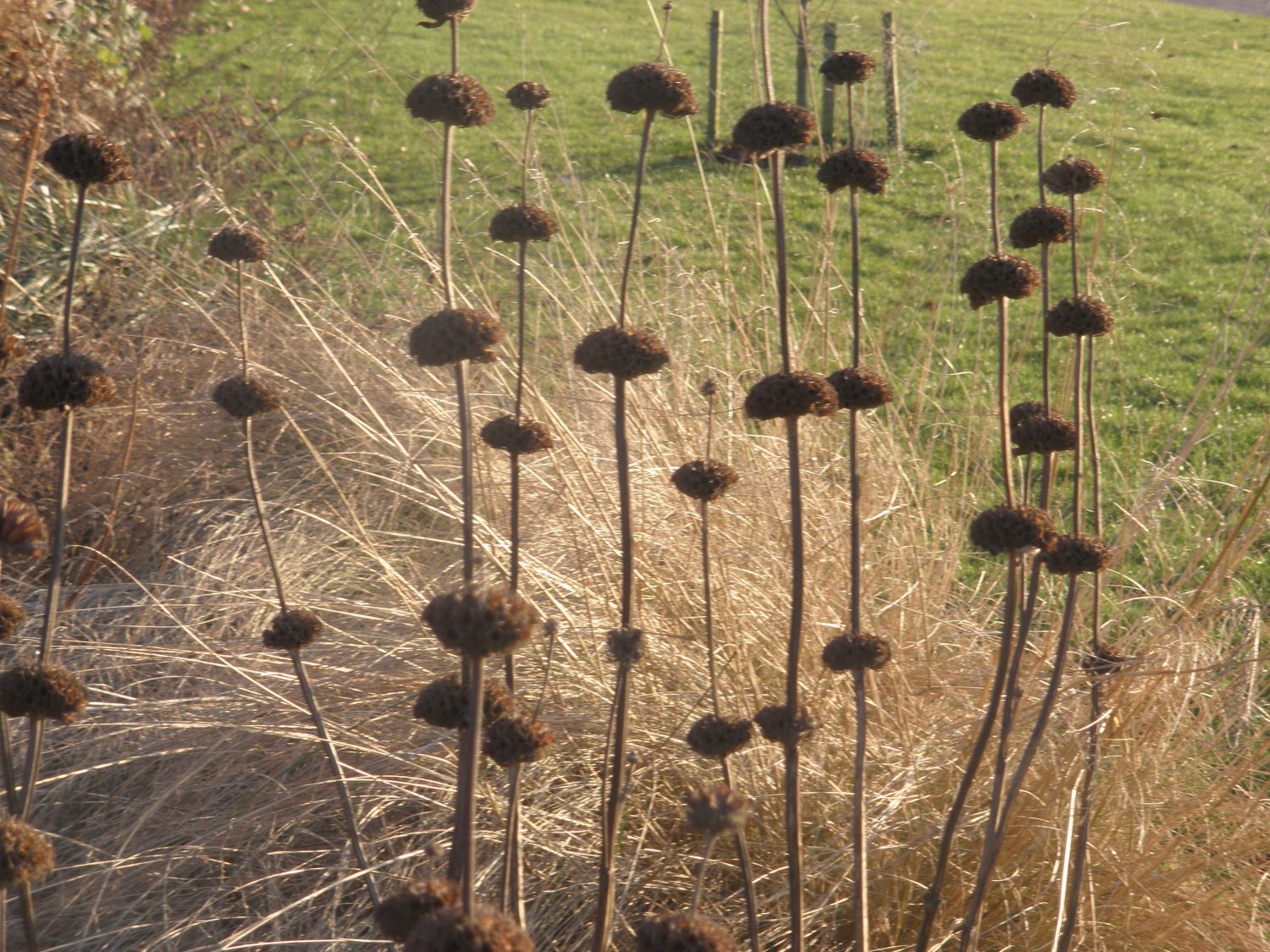
Whorls of Phlomis seedheads
TEST
Dogwood stems in a winter container
You may also like
Go with the Flow
Sue Whigham shares some valuable new-to-gardening advice I’m sure that by now we should be used to the rain but I’m not entirely sure that we are. We had a dry, sunny day the other day and how everybody’s mood...
Farm Fables
Jane Howard gets to the bottom of why so many ponds have disappeared across the High Weald I have a new passion, almost an obsession, it’s about ponds. And there’s a distinct possibility I might become a bit of a...
Hedge Issues
Sue Whigham takes a meander along nature’s verdant and vital corridors Recently the BBC’s Today programme carried a feature about England’s hedgerows which created a lot of interest among listeners. On the strength of that, Martha Kearney interviewed one of...
